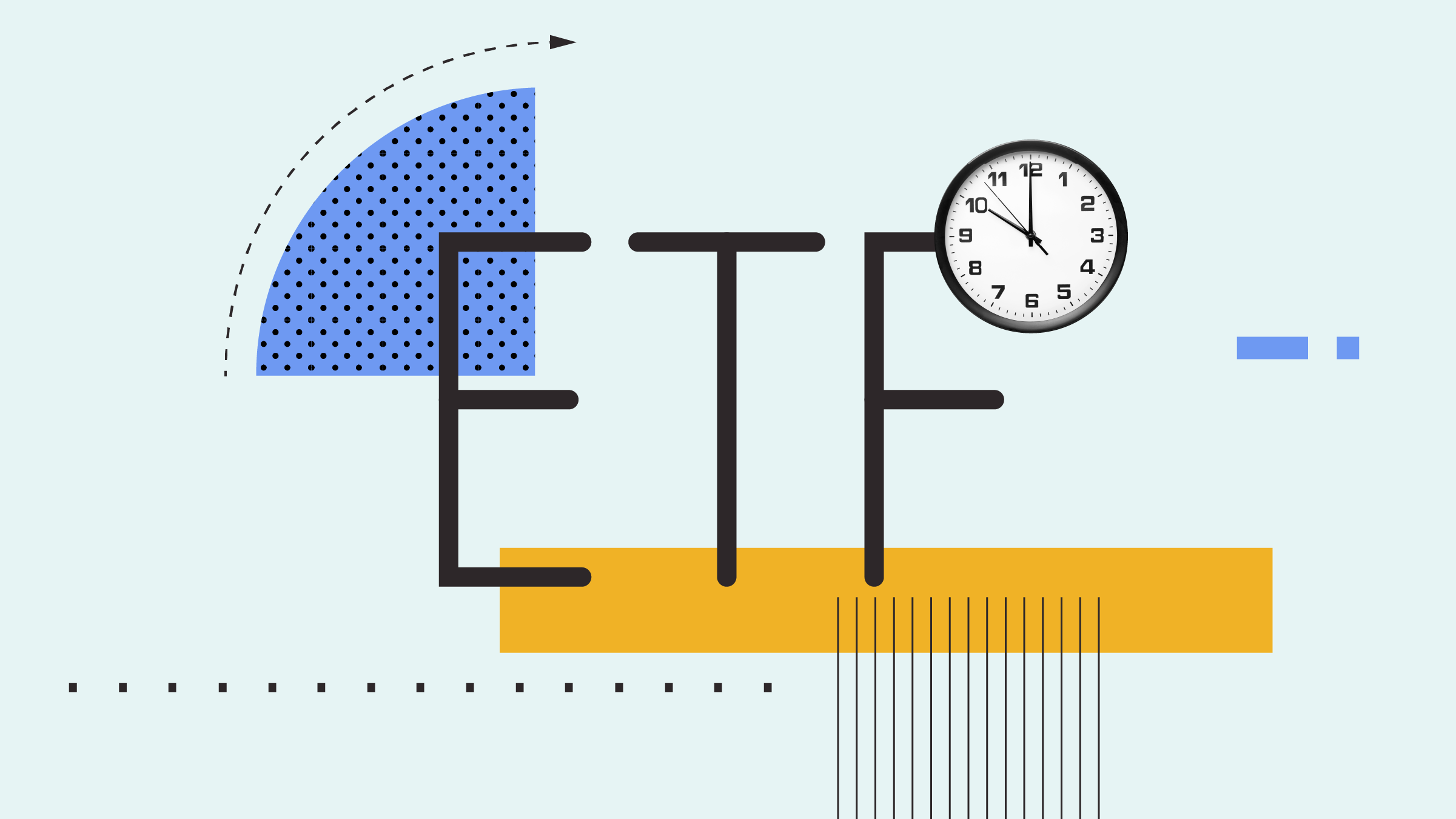Suppose a friend with no prior investment experience inherited a million dollars and was excited about a tech stock that his brother-in-law recommended. You probably would advise him not to put the full amount in that stock, but rather to invest in a diversified portfolio of stocks and other asset classes.
Now suppose that instead of an individual stock, your friend was considering investing his windfall entirely in a diversified Canadian equity ETF. You probably would advise him to diversify across asset classes, but would you also advise him to invest in equity markets outside Canada? And if so, how much?
Investors around the world heavily favour their home countries in their investment portfolios, especially in the equity portions. Canadian investors are no exception. While this is less of an issue for U.S. investors (since the U.S. equity market is diversified across economic sectors and represents a large portion of the equity markets globally), it is (or should be) an issue for investors in countries with small equity markets. That's especially true for countries, such as Canada, whose markets are concentrated in a few economic sectors.
Diversification is the one "free lunch" in investing. By diversifying, investors can reduce risk and possibly improve performance. To see this, imagine that a portfolio's return fluctuated between -15% and 25% so that the average return is 5%. Over time, the compound rate of return will be about 3.1%.
Now suppose that through diversification, it were possible to create a portfolio with returns that fluctuate between -5% and 15%. The average return of this portfolio is also 5%, but the compound rate of return will be about 4.5%. This illustrates the mathematical truism that if two portfolios have the same average return, the one with lower volatility will outperform. Hence, any opportunity to reduce volatility without reducing average return should be taken.
The opportunities to reduce volatility through diversification come from the fact that different asset classes and different markets do not move in lock-step. A good example of this is the behaviour of the Canadian and U.S. stock markets. Although the Canadian and U.S. economies are closely tied, their stock markets are distinct. To see this, I calculated the correlation of the monthly returns of the S&P/TSX Composite Index and the S&P 500 Index over the period from January 1988 to April 2014. (I'll explain why I picked this period later.) This correlation comes to about 0.6, which is considerably less than perfect; a correlation of 1.0 would mean they moved in lock-step. (In all the examples provided in this article, the returns of foreign equity indexes are converted to Canadian dollars.)
Over this period, the S&P/TSX Composite had an annualized standard deviation of about 14.4% and the S&P 500 had a standard deviation of about 12.9%. A 50-50 blend of these two indexes, rebalanced monthly, would have had a standard deviation of about 12.2%, which is less than either index on its own.
Of course, Canada and the U.S. constitute only the developed markets of North America. To achieve truly global diversification, we need to include the markets of Europe and Asia. The MSCI EAFE Index is probably the most popular representation of developed markets outside of North America. EAFE stands for "Europe, Australasia and Far East" so the index includes Australia and New Zealand. EAFE-based index funds and ETFs are the simplest ways for most investors to gain exposure to these markets. Alternatively, you could invest in an actively managed fund that has this index as a benchmark.
I looked at the monthly returns on the MSCI EAFE Index over the period from January 1988 to April 2014. On its own, it had a standard deviation of about 15.1% -- higher than both the S&P/TSX Composite and S&P 500. Its correlation with these two indexes was 0.55 and 0.63, respectively, so it could provide diversification for Canadian investors. A portfolio consisting of 40% in the S&P/TSX Composite, 40% in the S&P 500 and 20% in the MSCI EAFE indexes rebalanced monthly, would have had a standard deviation of about 12.0%, which is less than all of the indexes on their own.
Canadian investors can also tap into emerging-market countries. As with EAFE, emerging-market exposure can be obtained by investing in ETFs that track indexes or by investing in actively managed funds that are benchmarked to an emerging-markets index.
One such index is the MSCI Emerging Markets Index, which includes developing countries in Asia, Latin America and Europe. Since returns on this index start in January 1988, I use the period from January 1988 to April 2014 for all of the analysis in this article. Over this period, this index had an annualized standard deviation of about 20.7%, which is significantly higher than that of the developed-market indexes that we looked at earlier. However, the correlation of the returns on this index with the returns on developed-market indexes are all fairly low (0.62, 0.53 and 0.58 with the S&P/TSX Composite, the S&P 500 and the MSCI EAFE, respectively.)
Hence, while combining the emerging-markets index with the developed-market indexes may raise overall volatility, the impact can be kept small. For example, a portfolio consisting of 40% in the S&P/TSX Composite, 40% in the S&P 500, 15% in the MSCI EAFE and 5% in the MSCI Emerging Market indexes, rebalanced monthly, would have had a standard deviation of about 12.1%, which is only slightly higher than the 40-40-20 portfolio that we considered earlier.
It is important to note that all of the analysis presented here is on how blending exposure to different equity markets affects volatility. However, reducing volatility is not the sole goal of portfolio construction. The expected return of the portfolio is also important. For example, if you believe that emerging-market equity will outperform developed-market equity over the long run, it makes sense to have some emerging-market exposure even if it raises the volatility of your portfolio a bit.
While global equity diversification is a good long-term strategy, there are times when it appears to fail. During the financial crisis of 2008-2009, equity markets around the world fell in value. However, it was at this time that interest rates on high-quality sovereign debt fell. Investors who were diversified across equity and fixed income lost far less than those who invested in equities alone. So while global equity diversification is an important element of portfolio construction, diversification across asset classes is also important.



















